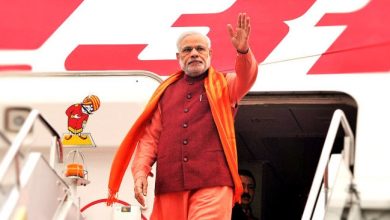India Maintains Curbs on Sugar Exports, Extends Restrictions

The Indian government has decided to extend the restrictions on sugar exports beyond the end of October. This move aims to stabilize local sugar prices, meet ethanol production requirements, and ensure adequate closing stock at the end of the sugar season. Initially implemented in October 2022, the Directorate General of Foreign Trade (DGFT) categorized exports of raw, white, and refined sugar as restricted, requiring exporters to obtain permission from the food ministry to sell overseas. The restriction, which was set to expire on October 31, 2023, or until further orders, has now been extended indefinitely, with organic sugar also included in the restricted category.
However, it’s important to note that this restriction does not apply to sugar exported to the European Union and the US under certain quota systems. India’s sugar season typically runs from October to September, and this year’s harvest has faced challenges due to the weakest monsoon in five years, particularly in major sugarcane-producing states like Maharashtra and Karnataka.
The decision to extend the export curbs comes amidst concerns over sugar production levels and the impact of weather patterns on future harvests. With the El Niño phenomenon affecting monsoon rains in key sugarcane-growing regions, sugar output for the 2023-24 season is expected to decrease. The government has set a target to produce more ethanol from sugar this season, which could further reduce available sugar stocks.
Despite these challenges, the government’s decision to extend the export restrictions was not unexpected, given the prevailing conditions. Industry experts believe that maintaining slightly higher closing stocks will help stabilize domestic sugar prices and provide a buffer for potential shortages in the future.
This extension of export curbs follows previous measures taken by the Indian government to manage sugar exports and ensure sufficient domestic supplies. Last year, sugar exports were restricted starting from June 1, and additional export quotas were not allocated to mills beyond their existing quotas to maintain ample domestic stock levels.
India’s sugar industry, which surpassed Brazil to become the world’s largest sugar producer and second-largest exporter, has been closely monitored amid concerns about supply chain disruptions and market stability. By extending the export restrictions, the government aims to strike a balance between meeting domestic demand, supporting ethanol production, and managing international trade dynamics in the sugar market.






